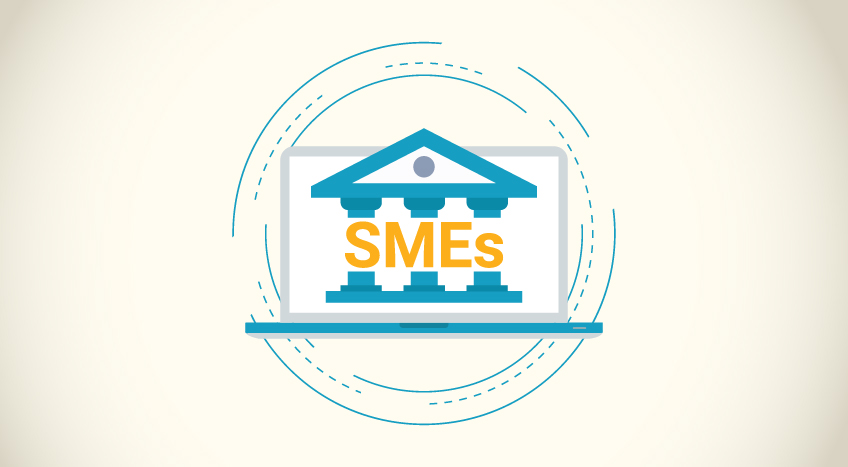Tally Solutions | Updated on: February 8, 2023
- Understanding accumulated depreciation
- What type of account is accumulated depreciation?
- How do you calculate accumulated depreciation balance?
- Need an accounting software partner?
The assets of a company lose value over time. This decrease in value is called depreciation, and it is recorded on the periodic financial statements of the company. It is mentioned on the balance sheet as an expense. The depreciation value of an asset is calculated based on the asset’s usable life. There are different acceptable ways to calculate depreciation, and a company can choose from them depending on the accounting standard or accounting policy that is being followed. The authorities can specify the usable lifespan of an asset. The IRS defines the lifespan of personal property as 3 to 20 years, land improvements as 15 to 20 years, and 39 years for business real estate. As per the Modified Accelerated Cost Recovery System (MACRS), which is the system accepted by the IRS, depreciation can be calculated by either the straight-line method or the declining balance method.
|
How Can Accountants Use Technology to Deepen Client Relationships |
Factors to Consider before Buying Bookkeeping Software for Your Business in USA |
Understanding accumulated depreciation
The generally accepted accounting principles (GAAP) specify that the expenses and any related revenue should be matched and recorded on the company’s balance sheet during the same accounting period. A capital asset owned and used by the company helps the company operate and generate revenue, and it also loses its value with time. So, to match the loss of value to the revenue in an accounting period, we need to calculate the amount of value lost. This is called depreciation.
By calculating depreciation, a company can list the value lost as an expense in every accounting period. The cost of using the asset is also recorded as an expense. The simple formula for accumulated depreciation is:
Accumulated Depreciation Balance = Beginning Period AD + Depreciation Over Period – End Period AD
When you understand accumulated depreciation, you can also comprehend what it means on financial statements.
What type of account is accumulated depreciation?
Accumulated depreciation is a credit that reduces the asset’s value. So, it is a contra asset account. The asset’s carrying value listed on the balance sheet shows the difference between its historical cost and the accumulated depreciation. Eventually, when the asset arrives at the end of its usable lifespan, the stated carrying value will match its salvage value.
The simple formula for how to find accumulated depreciation is:
Total Depreciation = Starting Cost – Salvage Value
Every subsequent period, the depreciation for an asset gets added to the accumulated depreciation balance. The depreciation expense is debited, and the accumulated depreciation value is credited. The accumulated depreciation account is classified as a long-term contra asset account. The income statement has the depreciation expense value, and the accumulated depreciation is listed on the balance sheet under related capitalized assets. Its value grows with every accounting period.
How do you calculate accumulated depreciation balance?
There are two methods of calculating the accumulated depreciation accepted by GAAP. It is usually calculated every month.
Straight-line method
The straight-line method is a simple and straightforward way of calculating accumulated depreciation. In this method, the callus of depreciation for every subsequent year remains the same over the asset's lifespan. The steps to calculate depreciation through this method are:
- Subtract the asset's salvage value from its cost to determine the amount that can be depreciated
Total depreciation = Cost - Salvage value
- This total depreciation value is divided by the asset’s lifespan in years. If you are unsure about the lifespan of an asset, refer to the recommended lifespan values published by the IRS
Annual depreciation = Total depreciation / Useful lifespan
- This formula gives you the value for the year. Divide it by 12 to arrive at the monthly depreciation for the asset
Monthly depreciation = Annual deprecation / 12
Straight-line example
Let us take an example of how to calculate accumulated depreciation for an item that has been purchased for a company for $1,500. Its depreciation value is 6 years, and its salvage value is $300.
Total depreciation = Cost - Salvage value
Total depreciation = $ 1500 - $ 300
= $ 1200
Annual depreciation = Total depreciation / Useful lifespan
Annual depreciation = $ 1200/6
= $200
Monthly depreciation = Annual deprecation / 12
Monthly depreciation = $200 / 12 = $16.67
Declining balance method
As the name states, the declining balance method calculates the asset’s depreciation in a declining manner. A larger part of the depreciation is calculated earlier in the asset's lifespan, and the depreciation value declines over time. Since the value calculated varies over time, it is more complicated to calculate than the straight-line method. There are two ways of using the declining balance method; the double-declining balance method and the 150% declining balance method.
The formula for the double-declining balance method is:
Annual depreciation = 2 x (Straight-line depreciation rate) x (Remaining book value)
In the 150% declining balance method, 2 is replaced by 1.5.
The remaining book value is the asset's original cost, minus the depreciation recorded over time.
Another way of expressing the declining balance method of depreciation is
Annual depreciation = Depreciation factor x (1/Lifespan) x Remaining book value
To calculate the monthly depreciation, divide this result by 12.
Declining balance example
Let us take the same example of how to calculate accumulated depreciation that we used in the straight-line method. The asset cost is $1,500 and its usable life is 6 years.
First year depreciation = Depreciation factor x (1/Lifespan) x Remaining book value
= 2 x ⅙ x $ 1500 = $ 499.99
The monthly value is $499.99/12 = $ 41.67
The book value of the asset in the second year is $ 1500 minus $ 499, which is $ 1000.01
Second year depreciation = Depreciation factor x (1/Lifespan) x Remaining book value
= 2 x ⅙ x $ 1000.01 = $ 333.34
The monthly value is $ 333.34/12 = $ 27.78
Over six years, the depreciation value will finally fall to zero as the asset is presumed to have reached the end of its usable life.
Need an accounting software partner?
To take the hassle out of calculating and accounting for depreciation and other accounting formulae, choose TallyPrime, the complete business accounting software. It helps you select the type of calculations you decide on as a part of your accounting policies. The depreciation calculation method may also help manipulate the financial statements without going against accounting norms. It also makes the appropriate entries in all the relevant books of accounts and reports. So, the next time you generate your company’s financial statements, you can do so quickly, accurately, and efficiently with TallyPrime.
Read More:
Latest Blogs

5 Crucial Accounting Practices to Elevate Your Business’s Financial Management in 2024

Nine Ways Business Reports Help You Optimize Inventory Management

5 Effective Inventory Management Strategies for Small Businesses in the US




